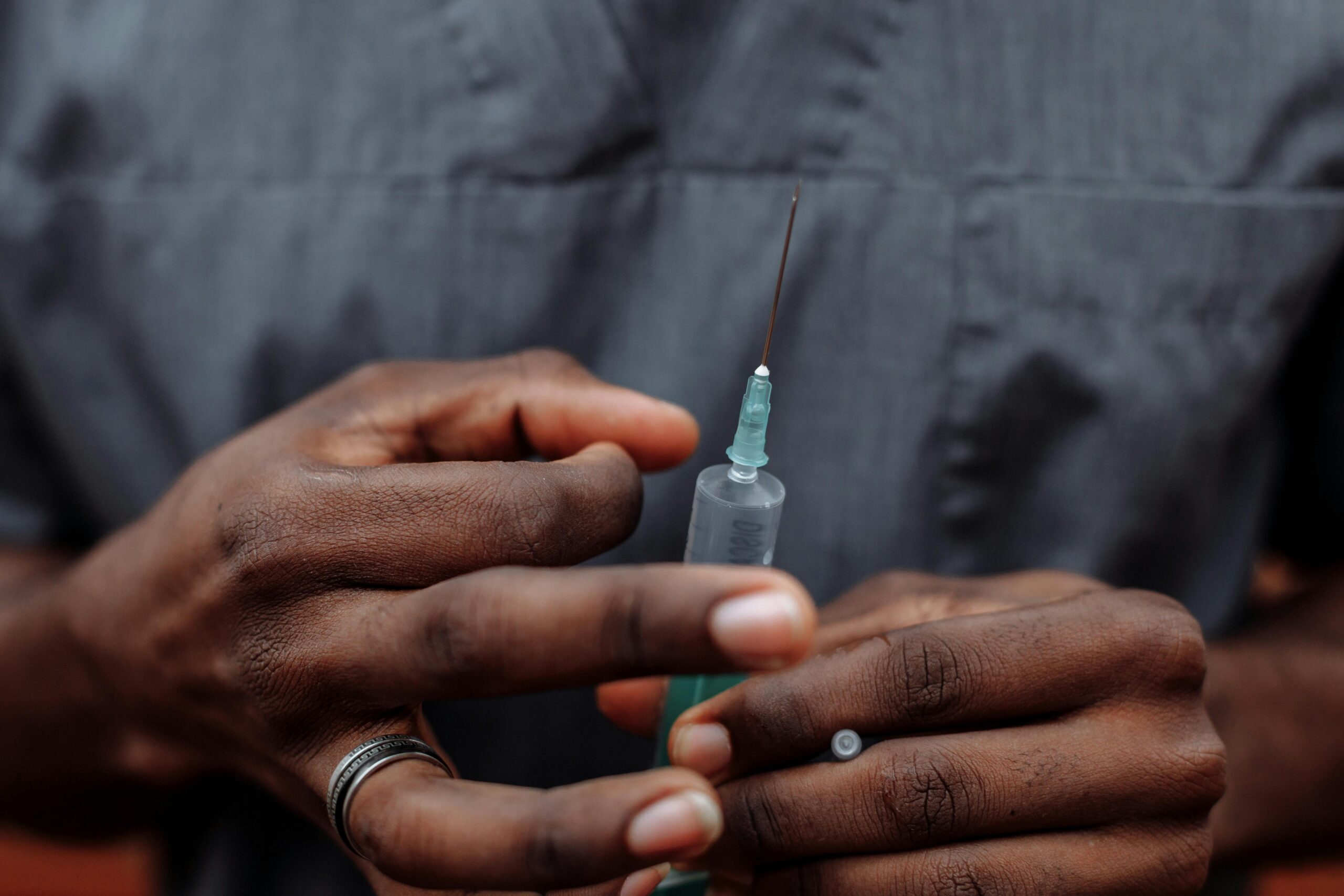Your skin is home to trillions of microorganisms that work tirelessly to protect you, and understanding this invisible ecosystem could revolutionize your approach to skincare and wellness.
The Hidden Universe Living on Your Skin 🔬
The human skin microbiota represents one of the most fascinating frontiers in dermatological science. This complex community of bacteria, fungi, viruses, and other microorganisms creates a living shield that covers every square inch of your body. Far from being merely passive inhabitants, these microscopic residents actively participate in maintaining your skin’s health, regulating inflammation, and strengthening your body’s first line of defense against pathogens.
Recent scientific research has revealed that a healthy skin microbiome contains approximately one million bacteria per square centimeter. These microorganisms aren’t randomly distributed—they organize themselves into distinct communities based on the specific environment of different skin regions. Areas rich in sebaceous glands, like your face and upper back, host different microbial populations than dry areas such as your forearms or moist regions like your armpits.
The relationship between your skin and its microbial inhabitants is symbiotic, meaning both parties benefit from the arrangement. Your skin provides these microorganisms with shelter, nutrients, and a stable environment, while they offer protection, immune regulation, and even contribute to your skin’s distinctive appearance and scent.
How Skin Microbiota Strengthens Your Immune Defense 🛡️
The skin microbiota functions as an intelligent security system, constantly communicating with your immune cells to maintain optimal protection. This microscopic community trains your immune system to distinguish between harmful invaders and beneficial organisms, a critical skill that prevents unnecessary inflammatory responses while maintaining vigilance against genuine threats.
Beneficial bacteria like Staphylococcus epidermidis produce antimicrobial peptides that directly inhibit the growth of pathogenic organisms. These natural antibiotics are so effective that researchers are studying them as potential alternatives to conventional antibiotics. Additionally, certain skin bacteria produce short-chain fatty acids that help maintain the skin’s slightly acidic pH, creating an inhospitable environment for harmful microbes.
The cross-talk between skin microbiota and immune cells occurs through sophisticated molecular signaling pathways. Commensal bacteria interact with toll-like receptors on skin cells, triggering controlled immune responses that keep the system primed without causing inflammation. This constant, low-level stimulation ensures your immune system remains alert and ready to respond rapidly to genuine threats.
The Training Ground for Immune Cells
Your skin microbiota essentially serves as a training academy for immune cells. T-cells, which play crucial roles in adaptive immunity, learn to recognize different microbial signatures through exposure to the diverse community of skin residents. This education process begins in infancy and continues throughout life, constantly refining your immune system’s ability to respond appropriately to various challenges.
Research has demonstrated that individuals with diverse skin microbiomes tend to have more robust immune responses and lower rates of certain inflammatory skin conditions. This correlation suggests that maintaining a healthy, diverse microbial community on your skin contributes to overall immune system resilience.
The Microbiota-Skin Barrier Connection 💧
Your skin barrier represents your body’s primary defense against environmental stressors, dehydration, and pathogen invasion. The skin microbiota plays an indispensable role in maintaining this barrier’s integrity and function. Beneficial microorganisms produce metabolites that strengthen the connections between skin cells, enhance lipid production, and support the synthesis of structural proteins like filaggrin.
When the skin barrier becomes compromised, water loss increases, irritants penetrate more easily, and the risk of infection rises. A balanced microbiome helps prevent this scenario by maintaining optimal hydration levels, regulating pH, and producing substances that reinforce barrier function. Some bacterial species even synthesize ceramides, essential lipids that form the waterproof seal between skin cells.
The relationship between microbiota diversity and barrier function is bidirectional. A healthy barrier provides a stable environment for beneficial microorganisms, while these microbes actively work to maintain barrier integrity. Disruption of either component can create a negative feedback loop that compromises both microbial balance and barrier function.
Microbiome Imbalance: When Things Go Wrong ⚠️
Dysbiosis, or microbial imbalance, occurs when the delicate equilibrium of your skin microbiota becomes disturbed. This disruption can result from various factors including excessive cleansing, antibiotic use, environmental changes, stress, diet, and underlying health conditions. When dysbiosis develops, opportunistic pathogens can proliferate, beneficial species decline, and skin health suffers.
Common manifestations of skin dysbiosis include acne, eczema, rosacea, psoriasis, and increased sensitivity. In acne, for instance, an overgrowth of certain Cutibacterium acnes strains combined with reduced microbial diversity contributes to inflammation and comedone formation. Similarly, atopic dermatitis correlates with decreased microbial diversity and increased colonization by Staphylococcus aureus.
Signs Your Skin Microbiome Needs Attention
Recognizing the warning signs of microbial imbalance can help you take corrective action before minor issues escalate into chronic conditions. Watch for these indicators:
- Persistent inflammation, redness, or irritation without obvious cause
- Increased sensitivity to products that previously caused no problems
- Frequent breakouts or changes in acne patterns
- Excessive dryness or oiliness that doesn’t respond to typical treatments
- Recurring infections or slow healing of minor wounds
- Unusual odors that persist despite regular hygiene
- Sudden onset of allergic reactions or contact dermatitis
Nurturing Your Skin’s Microbial Garden 🌱
Cultivating a healthy skin microbiome requires a thoughtful approach that balances cleanliness with microbial preservation. The goal isn’t sterility but rather supporting a diverse, balanced community of beneficial microorganisms. This paradigm shift moves away from aggressive antimicrobial products toward gentler, microbiome-friendly alternatives.
The first step involves reassessing your cleansing routine. While cleanliness matters, over-cleansing strips away both harmful and beneficial microbes, along with the skin’s natural oils. Choose mild, pH-balanced cleansers that remove dirt and excess oil without decimating your microbial population. Consider cleansing only once daily, or even less frequently in areas without significant sebaceous activity.
Prebiotics and Probiotics for Your Skin
The skincare industry has embraced the microbiome revolution, developing products that support rather than destroy your skin’s microbial community. Prebiotic skincare ingredients provide nutrition for beneficial bacteria, helping them thrive and outcompete potentially harmful species. Common prebiotics include oligosaccharides, inulin, and certain plant extracts.
Probiotic skincare incorporates live beneficial bacteria or bacterial lysates (fragments) that can colonize the skin or stimulate beneficial effects through their presence. While questions remain about whether topically applied probiotics permanently colonize skin, research suggests they can provide temporary benefits and support the existing microbiome.
Postbiotics, the newest category, contain beneficial metabolites produced by bacteria during fermentation. These compounds offer many benefits of probiotics without the complexity of keeping live organisms stable in skincare formulations. Postbiotic ingredients include fermented extracts, peptides, and organic acids.
Lifestyle Factors That Shape Your Skin Microbiome 🏃
Your daily choices profoundly influence the composition and health of your skin microbiota. Diet, sleep, stress management, exercise, and environmental exposures all contribute to microbial balance or imbalance. Understanding these connections empowers you to make informed decisions that support skin health from within.
Dietary choices affect your skin microbiome through multiple pathways. Foods rich in fiber support gut health, which indirectly influences skin through the gut-skin axis. Fermented foods containing beneficial bacteria may contribute to overall microbial diversity. Omega-3 fatty acids reduce inflammation that can disrupt microbial balance, while excessive sugar and processed foods may promote inflammatory conditions that alter skin microbiota composition.
The Stress-Microbiome Connection
Chronic stress significantly impacts your skin microbiome through hormonal changes, particularly increased cortisol production. Elevated cortisol alters sebum composition, changes skin pH, and modifies immune function—all factors that influence which microorganisms thrive on your skin. Stress management practices like meditation, adequate sleep, and regular exercise support microbial balance by moderating these physiological responses.
Sleep deprivation disrupts skin barrier function and immune regulation, creating conditions that favor dysbiosis. During sleep, your skin undergoes repair processes that depend partly on microbial metabolites. Prioritizing consistent, adequate sleep therefore supports both direct skin health and optimal microbiome function.
Environmental Influences on Skin Microbiota 🌍
The environment you inhabit continuously shapes your skin’s microbial community. Urban versus rural living, climate, pollution levels, water quality, and even the materials you touch regularly all influence which microorganisms colonize your skin. Understanding these environmental factors helps you make choices that support microbial diversity and balance.
Urban environments typically correlate with reduced microbial diversity compared to rural settings. Regular contact with natural environments, soil, plants, and animals introduces beneficial microorganisms that enhance diversity. This observation has led some researchers to advocate for increased nature exposure as a strategy for supporting skin and overall health.
Air pollution and UV radiation both negatively impact skin microbiota. Particulate matter can disrupt barrier function and create oxidative stress that favors certain bacterial species over others. UV exposure, while necessary for vitamin D production, can alter microbial populations when excessive. Protecting your skin from pollution and excessive sun exposure therefore supports microbial balance.
Age and Gender Differences in Skin Microbiota 👥
Your skin microbiome undergoes significant changes throughout your lifespan, reflecting hormonal shifts, lifestyle changes, and aging-related skin modifications. Infant skin microbiota differs dramatically from adult populations, with colonization patterns influenced by delivery method, feeding choices, and early environmental exposures.
During puberty, hormonal changes increase sebum production, creating conditions that favor certain bacterial species, particularly those associated with acne. Adult skin microbiota tends to stabilize into patterns influenced by individual genetics, lifestyle, and environment. As we age, skin becomes drier and thinner, leading to shifts in microbial composition that may contribute to age-related skin changes.
Gender differences in skin microbiota reflect variations in sebum production, pH, and hormonal influences. Males typically have more sebaceous activity and slightly different microbial profiles than females. These differences become particularly pronounced during reproductive years and shift again after menopause.
The Future of Microbiome-Based Skincare 🔮
Emerging research promises to revolutionize how we approach skin health and disease treatment. Scientists are identifying specific bacterial strains with therapeutic potential, developing personalized skincare based on individual microbiome profiles, and discovering new connections between skin microbiota and systemic health conditions.
Microbiome testing is becoming more accessible, allowing individuals to analyze their skin’s microbial composition and receive personalized recommendations. While this technology remains in early stages, it holds promise for targeted interventions that address specific imbalances rather than applying one-size-fits-all approaches.
Researchers are also exploring bacteriophages—viruses that target specific bacterial species—as precision tools for managing dysbiosis without disrupting beneficial microbes. This approach could offer alternatives to broad-spectrum antimicrobials that indiscriminately eliminate both harmful and helpful organisms.
Practical Steps for Microbiome-Friendly Skincare ✨
Implementing a microbiome-conscious skincare routine doesn’t require expensive products or complicated protocols. Start with these foundational practices that support microbial balance while addressing your specific skin concerns:
- Simplify your routine by eliminating unnecessary products and harsh ingredients
- Choose gentle, pH-balanced cleansers over antibacterial soaps
- Avoid over-exfoliation, which disrupts both skin barrier and microbiota
- Look for products containing prebiotics, probiotics, or postbiotics
- Protect your skin from excessive UV exposure and pollution
- Stay hydrated and maintain a diet rich in diverse plant foods
- Manage stress through regular relaxation practices
- Get adequate sleep to support skin repair processes
- Limit unnecessary antibiotic use, both topical and systemic
- Spend regular time in natural environments
Understanding Product Labels and Claims 🏷️
As microbiome skincare gains popularity, marketing claims can become confusing or misleading. Learning to evaluate products critically helps you make informed choices. Look for specific prebiotic ingredients like alpha-glucan oligosaccharide or inulin rather than vague “microbiome-friendly” claims without supporting details.
For probiotic products, consider whether the formulation can actually keep bacteria alive until application and whether the specific strains have scientific support for the claimed benefits. Postbiotic products may offer more stability and consistency, as they don’t require maintaining live organisms.
Remember that the most expensive products aren’t necessarily the most effective. Some simple, affordable ingredients like fermented extracts, certain plant oils, and gentle surfactants effectively support microbiome health without premium pricing.

Embracing Your Microscopic Allies for Lasting Skin Health 🌟
The paradigm shift toward microbiome-conscious skincare represents more than a passing trend—it reflects a fundamental change in how we understand skin health. Rather than viewing microorganisms as enemies to be eliminated, we now recognize them as essential allies that support immunity, maintain barrier function, and contribute to healthy, resilient skin.
Adopting this perspective empowers you to make choices that work with your body’s natural systems rather than against them. By supporting your skin’s microbial community through gentle care, lifestyle modifications, and targeted interventions when necessary, you invest in long-term skin health that goes far beyond superficial appearance.
The journey toward optimal skin health through microbiome support is personal and ongoing. What works for one person may not suit another, reflecting individual differences in genetics, environment, and existing microbial populations. Patience, observation, and willingness to adjust your approach based on your skin’s responses will guide you toward the strategies that work best for your unique situation.
As research continues to unveil the complexities of skin microbiota, we can expect increasingly sophisticated tools and treatments that harness the power of these microscopic allies. By staying informed and maintaining a balanced, thoughtful approach to skincare, you position yourself to benefit from these advances while avoiding the pitfalls of excessive intervention that characterized previous skincare paradigms.
Toni Santos is a deep-biology researcher and conscious-evolution writer exploring how genes, microbes and synthetic life inform the future of awareness and adaptation. Through his investigations into bioinformatics, microbiome intelligence and engineered living systems, Toni examines how life itself becomes a field of awakening, design and possibility. Passionate about consciousness in biology and the evolution of living systems, Toni focuses on how life’s architecture invites insight, coherence and transformation. His work highlights the convergence of science, philosophy and emergent life — guiding readers toward a deeper encounter with their living world. Blending genetics, systems biology and evolutionary philosophy, Toni writes about the future of living systems — helping readers understand how life evolves through awareness, integration and design. His work is a tribute to: The intertwining of biology, consciousness and evolution The emergence of microbial intelligence within and around us The vision of life as designed, adaptive and self-aware Whether you are a scientist, thinker or evolving being, Toni Santos invites you to explore the biology of tomorrow — one gene, one microbe, one awakening at a time.




